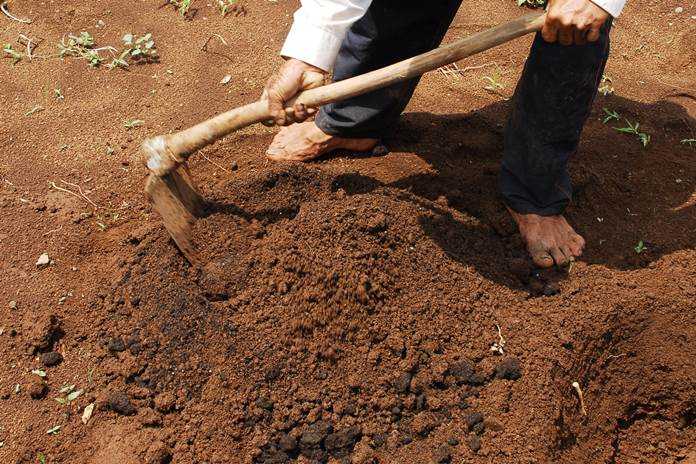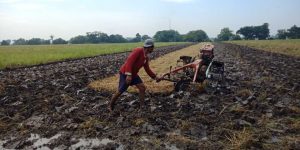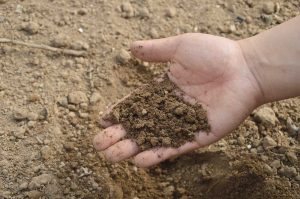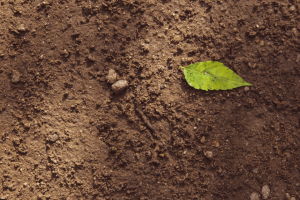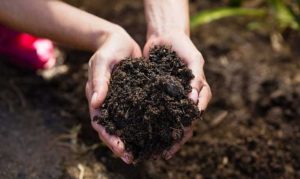Preparing soil before the planting season is a crucial stage in building a strong foundation for optimal plant growth.
Well-managed soil will have a looser structure, be able to retain and drain water effectively, and provide sufficient space for roots to develop to their fullest potential.
Proper management also helps improve nutrient content, reduce erosion risks, and create biological conditions that support beneficial microorganism activity.
The preparation process not only focuses on the physical condition of the soil but also involves maintaining the chemical and biological balance needed to meet plant nutritional requirements throughout their growth cycle.
With a deep understanding of land characteristics, proper soil management can increase productivity, maintain ecosystem sustainability, and result in better harvests in the upcoming planting season.
Read Also : Here Are Ways to Improve Soil Quality for More Fertile Plants
Basic Techniques for Preparing Soil for the Planting Season
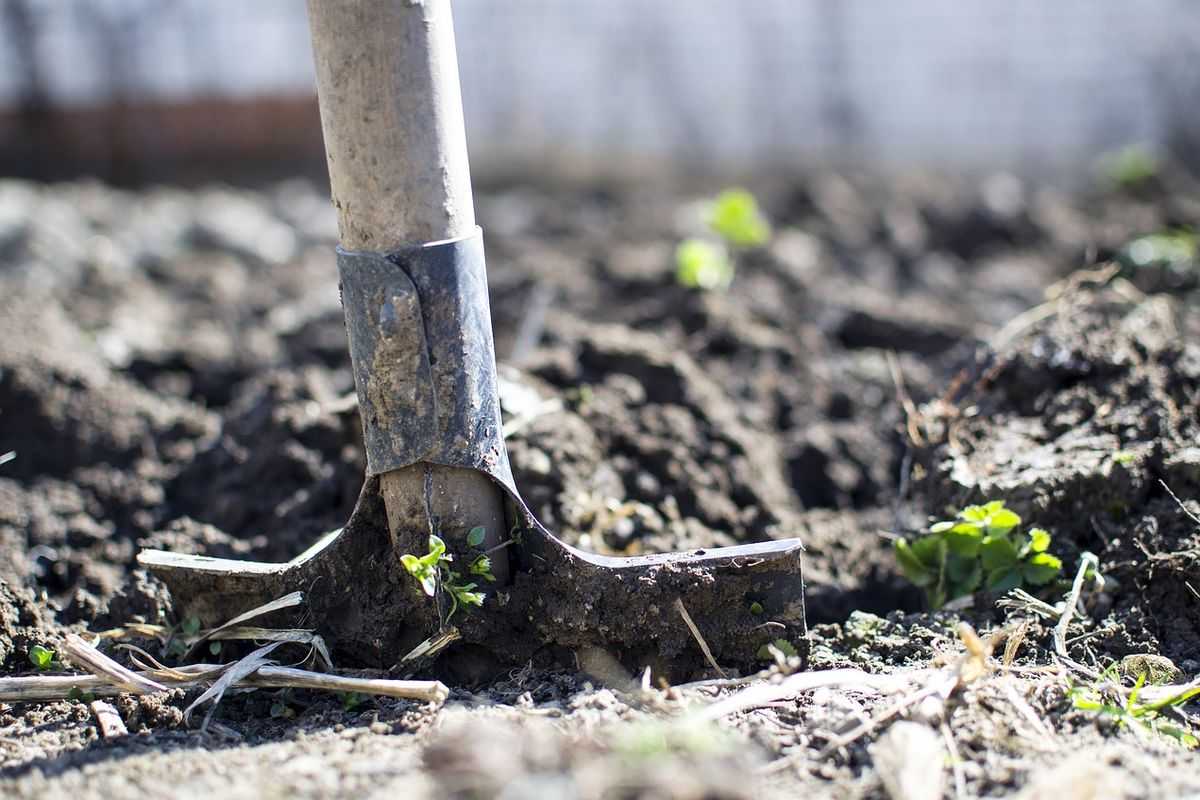
Here are the basic techniques commonly applied in preparing soil for the planting season.
1. Clearing the land from wild weeds
Weeds often become the main competitors for cultivated plants as they absorb nutrients, water, and sunlight that should be used by the main crops.
Clearing the land from weeds helps reduce this competition, allowing plants more space to grow. Removing weeds also lowers the risk of pests and diseases that usually thrive among wild plants. This cleaning effort includes manually pulling out weeds or using tools that suit the land’s condition.
Successful weed management at the beginning of the planting season greatly affects plant growth quality. Clean land provides better access for subsequent soil treatments, such as plowing or fertilization.
Weeds left unattended will complicate further processes and may reduce crop yields. By performing thorough cleaning, the soil structure becomes more prepared to receive additional treatments.
2. Plowing or tilling the soil evenly
Compacted soil struggles to support root growth due to disrupted air circulation and water absorption. Plowing or tilling is done to loosen the soil, opening its pores and improving oxygen exchange.
This process also helps break up large soil clumps into finer particles, enhancing root contact with nutrients. With loosened soil, roots can extend farther to access essential nutrients.
Soil loosening also helps control remaining weeds and harmful organisms that may persist. Evenly plowed soil is better prepared to absorb water and nutrients from added fertilizers.
This condition supports a stable environment for beneficial microorganisms that play a role in organic matter decomposition. Thus, loosening the soil becomes a crucial foundation for the success of subsequent planting stages.
3. Adding organic fertilizer to the soil
Soil lacking essential nutrients cannot fully support optimal plant growth. Adding organic fertilizer improves soil fertility as it contains various key nutrients such as nitrogen, phosphorus, and potassium.
Organic fertilizers also enhance soil structure by increasing its water-holding capacity. Additionally, organic matter enriches the population of microorganisms vital for nutrient cycling.
Using organic fertilizers regularly makes the soil more fertile over the long term. Organic nutrients work more slowly than chemical fertilizers but provide more stable effects.
Applying organic fertilizers before the planting season also reduces dependency on synthetic fertilizers, which often disrupt the biological balance of the soil. With sufficient nutrient supply, plants gain a strong foundation for healthy growth.
4. Measuring and adjusting soil pH
Soil pH is one of the key factors determining how well plants can absorb nutrients. Soil that is too acidic or too alkaline hinders the availability of essential nutrients for crops.
Measuring pH helps determine the necessary treatments, such as adding agricultural lime to neutralize acidity. Adjusting pH also allows plants to absorb nutrients more efficiently throughout the growing season.
Adjusting pH before planting gives the soil enough time to stabilize its chemical composition. Balanced pH creates a more favorable environment for beneficial microorganisms to thrive.
This condition also minimizes root damage caused by chemical imbalances. With the right pH level, plant growth becomes healthier and more productive.
5. Creating raised beds according to crop needs
Raised beds play an important role in regulating water circulation and making crop maintenance easier. The structure of raised beds helps control soil moisture so that plant roots are not waterlogged.
Raised beds also make planting spacing more organized, supporting better air circulation between plants. In flood-prone areas, raised beds reduce the risk of damage caused by excess water.
The construction of raised beds is adjusted according to the type of crop and land conditions. Properly designed raised beds simplify access for fertilization, irrigation, and pest control.
The shape and height of the beds can be customized to match the characteristics of the cultivated plants. With proper planning, raised beds make land management more effective.
6. Pre-planting irrigation
Pre-planting irrigation ensures that the soil has adequate moisture before planting. Overly dry soil makes it difficult for seedlings to develop properly.
Pre-irrigation makes the soil more prepared to receive seeds or seedlings due to stabilized moisture levels. It also accelerates the activity of microorganisms involved in breaking down organic matter.
The irrigation process should consider the soil’s capacity to absorb water. Excessive water must be avoided, as it can lead to waterlogging that damages soil structure.
With proper irrigation, the soil becomes more welcoming for newly planted seedlings. This technique serves as one of the initial steps to support successful plant growth in the next stages.
7. Applying treatments for soil pests
Soil pests such as nematodes and insect larvae can disrupt seedling growth in the early stages. Applying pest treatments helps reduce the risk of damage to roots and young stems.
Pest control can be carried out mechanically, biologically, or by using appropriate control agents. This step makes the land safer and supports healthy plant growth.
Treating pests before planting prevents seedlings from being attacked from the start. Prevention is far more effective than treatment after damage occurs.
Proper pest management also helps maintain the balance of the soil ecosystem, keeping it healthy. With land free from pest disturbances, the chances of a successful harvest are significantly increased.
The implementation of these steps has a significant impact on soil fertility and optimizes land conditions before the planting season begins.
Proper preparation allows plants to achieve better growth potential and reduces the risk of crop failure. With proper management, agricultural yields can become more optimal and sustainable.
Read Also : 10 Effective Tips for Managing Soil to Maximize Agricultural Yields

